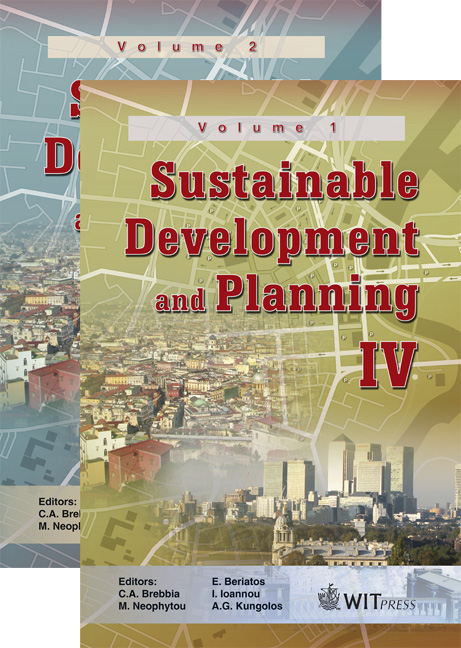Innovative Recognition-sorting Procedures Applied To Solid Waste: The Hyperspectral Approach
Price
Free (open access)
Transaction
Volume
120
Pages
10
Page Range
885 - 894
Published
2009
Size
1,327 kb
Paper DOI
10.2495/SDP090832
Copyright
WIT Press
Author(s)
G. Bonifazi, S. Serranti, A. Bonoli & A. Dall’Ara
Abstract
Waste materials characterization and recognition can be obtained through their surface spectral response. Such a goal can be reached adopting specialized devices that are able to develop acquisition strategies based on the collection of hyperspectral images. The analyses of the detected spectra can give useful information concerning the investigated material surface properties, status and physical-chemical attributes. This last aspect can be utilized to define and implement on-line procedures aimed to recognize different particulate solid waste as they result after specific processing/selection actions. The present study addressed the application of hyperspectral imaging approach for compost products characterization, in order to develop control strategies to be implemented at the plant scale. Reflectance spectra of selected compost samples have been acquired in the visible-near infrared field (VIS-NIR): 400-1000 nm. Correlations have been established between the physical-chemical characteristics of the different compost products and their detected reflectance spectral signature. Keywords: hyperspectral imaging, solid waste recycling, compost, sorting. 1 Introduction Hyperspectral imaging, traditionally used for earth remote sensing applications, has become accessible as a powerful inspection tool for non-destructive analysis
Keywords
hyperspectral imaging, solid waste recycling, compost, sorting.





